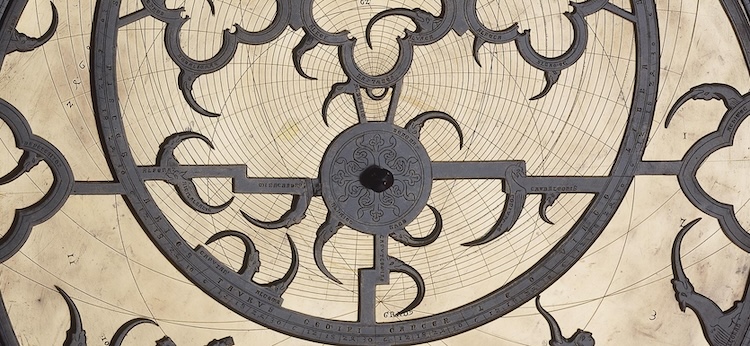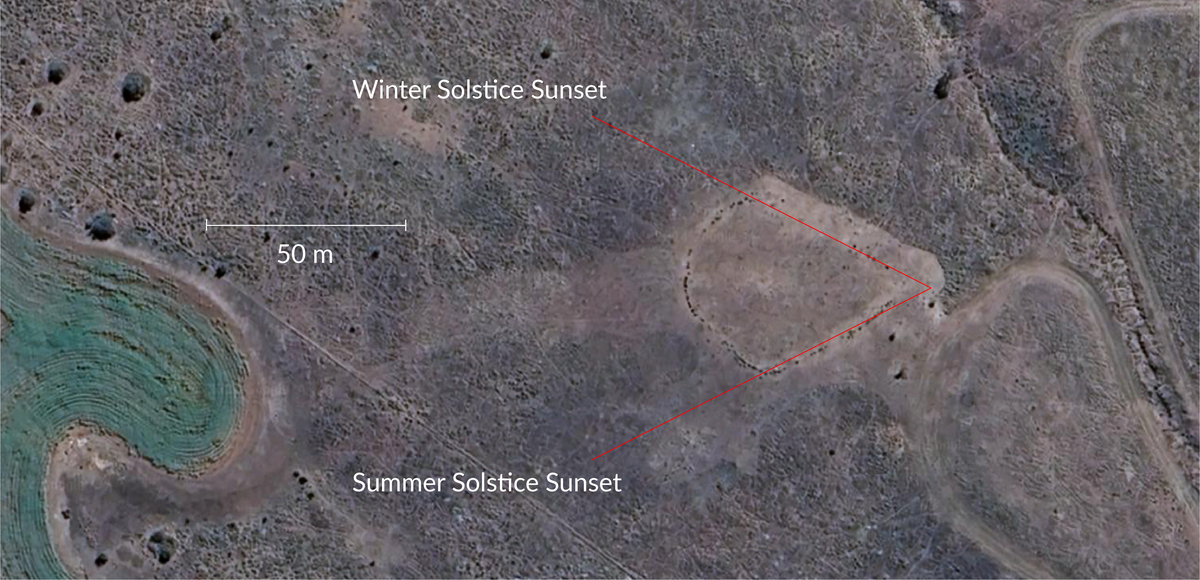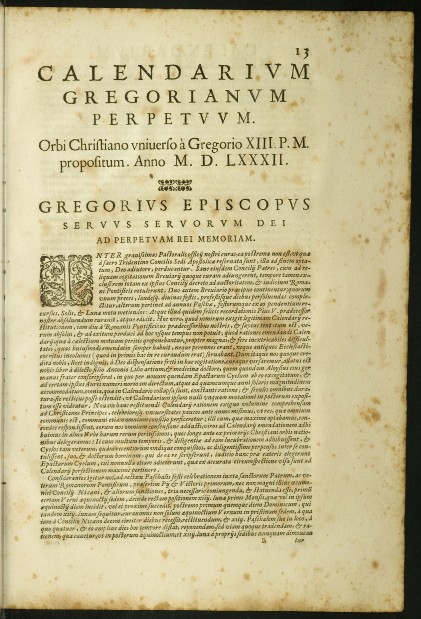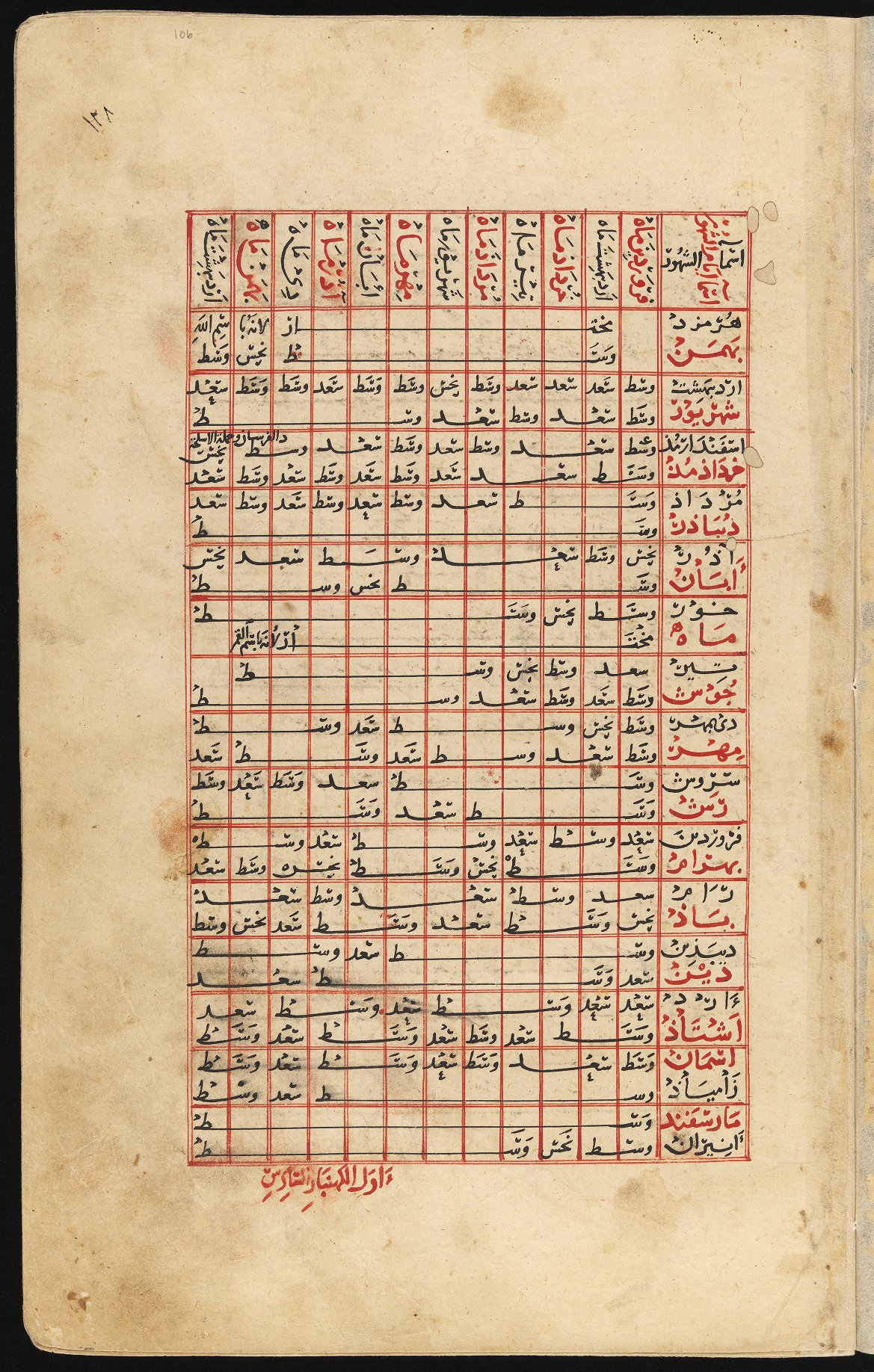RECKONING BY THE SUN AND MOON

Nowruz, the Iranian New Year celebration, began this year—as it does every year—with the spring equinox on 20 March and ended thirteen days later. Nowruz is just one of several festivals that fall around this time of year: the Jewish Passover, Christian Easter, and Hindu Holi festivals are all timed to the spring equinox in some way. In 2024 and the years before and after it, the Muslim holy month of Ramadan also extends over the equinox, though that is not always the case, as the Islamic hijri calendar progresses through the solar year. Furthermore, in 2024 the Gregorian, Iranian, and hijricalendars are in leap years, and so each has one more day than usual. The current Hebrew calendar year, meanwhile, has had an entire additional month added to its usual twelve, so that Passover this year doesn’t come until late April.
All this variety reflects the fact that different societies organize time differently according to the cycles the Sun and the Moon. The Gregorian and Iranian calendars follow the seasons of the Sun, while the Islamic calendar is defined by the phases of the Moon. Lunar-solar calendars, such as the Hebrew calendar (or the Chinese), mark months by the phases of the Moon but periodically add a thirteenth month to keep the calendar year aligned with the Sun and seasons.
Historians regularly encounter dates expressed according to different calendars. With modern computing tools such as the Fourmilab calendar converter, we can convert these dates without much effort and get on with our lives. The differences between calendars, however, are more than just a nuisance to historical research. They provide insight into how societies orient themselves in time and space, and different calendars encode different information into our historical sources.
For example, someone reading about the Battle of Qadisiyya in solar dating (16-19 November 636 CE) might envision a late autumn tableau, while someone reading through a lunar calendar (11-14 Safar AH 14) might imagine the Persian army retreating under a full moon. A lunar-solar calendar, of course, allows for both. A Hebrew or Chinese text about the battle would allow the reader to infer both the phase of the moon and the season of the year from the date.
Calendars, Calculation, and Cosmology
The predictable movements of the Sun and Moon in the sky create natural periods for organizing time: the day, the (lunar) month, and the (solar) year. Prehistoric societies marked these patterns as part of cultic and agricultural activity. A thousand years ago, the Middle Mississippian city of Cahokia in the US state of Missouri was laid out on a grid aligned with the orbital cycle of the Moon. More famous, and five times as old, is Stonehenge in England, whose builders hauled dolerite monoliths hundreds of kilometres to mark the Sun’s passage through the sky. More than twice as old as Stonehenge is the formation at Wurdi Youang in Australia, whose stones align with the summer and winter solstice sunsets.
Such observational calendars show when the Sun or Moon reaches a specific point in its patterned movement. The development of writing—and with it, mathematics—allowed some societies to create numerical models to predict and make models of those movements. We call these models calendars. They provide numerous benefits, quantifying the passage of time for diplomatic, agricultural, ritual, and political use.
The effort to model time, however, is complicated by the fact that days, months, and years do not occur in tidy ratios. The Moon completes its phases twelve times in a year, and then part of a thirteenth. 365 daily cycles of sunrise and sunset complete just about one year, but not quite. The history of calendars since Babylonian times is, to put it most briefly, a history of inventing and refining mathematical models to better fit the irrational relationships between the length of the day, the lunar month, and the solar year.
Perhaps the most famous example of these efforts is the adoption of the Gregorian Calendar by papal bull in 1582 to bring the dating of Easter back in line with the solar year. The Gregorian calendar strays from the true solar year by about one day in ten thousand years. This is far more accurate than the Julian calendar it replaced, which gains an extra day every 130 years or so. The secret, of course, is in the leap years: the Gregorian model implements a pattern of 97 leap years every 400 years, a subtle but important refinement on the strict quadrennial leap years of the Julian calendar.
Even when a calendar is defined solely by celestial phenomena, leap years become necessary. Such is the case with the hijri calendar, in which each month begins by definition with the first observation of the New Moon, regardless of how that aligns with the solar year. Because of the irrational relationship between days and months, the twelve lunar months of a given hijri year will span either 354 or 355 days. Mathematical models have been created to predict when the longer 355-day leap years will occur.
The Hebrew calendar, like the hijri, begins its months with the New Moon. However, to keep the resulting lunar calendar in step with the solar seasons, a thirteenth month is sometimes added around the spring equinox. That is why Passover—which usually begins a few days before Easter—occasionally falls roughly a month after it, as it does in 2024. By adding an extra month to seven years in a regular cycle of nineteen years, the lunar calendar can be kept in line with the solar year with an error of just one day in about 7000 years. The discovery of this pattern is attributed to the Greek mathematician Meton of Athens, who proposed it for use in Athens in 423 BCE and after whom it is called the Metonic Cycle. Just as the Gregorian calendar helped the Catholic Church better predict the date of Easter, the integration of the Metonic Cycle into the Hebrew calendar in the Middle Ages helped regularize the dating of Passover and other religious festivals.
The Iranian calendar, a very brief history of four thousand years and one year
Since 1925, 1 Farvardin—Nowruz—has been defined as the day following the midnight closest to the moment of the spring equinox. This has not always been the case, and in past centuries 1 Farvardin has fallen at every point in the solar year. The alignment of Nowruz with the spring equinox is the result of conscious efforts to reform the calendar.
The earliest Iranian calendars followed Babylonian precedents, consisting of twelve 30-day months, to which a thirteenth month was occasionally added. The nineteen-year “Metonic cycle” was adopted in 503 BCE, eighty years before Meton proposed its use in Athens. However, after the Persian invasion of Egypt, the nineteen-year cycle was replaced with an Egyptian system that added five days onto the end of each set of twelve months, bringing the calendar to 365 days. Because this still left a gap between the calendar year and the solar year, a decision was made (scholars disagree on when) to occasionally add a month to the Persian civil calendar, so that taxes could be collected on a consistent seasonal schedule. The Zoroastrian priesthood, however, refused to accept such cosmic meddling, and as a result the religious and civil calendars drifted apart by a full month every 120 years, a rate of error thirty times greater than that of the Julian calendar. Eventually, by the year 1006, the religious calendar had clicked through an entire extra year of twelve months and an opportunity arose to realign the civil and religious calendars. By then, of course, most business in Iran was conducted using the Arabic hijri calendar.
Just a couple generations after the reform of 1006, the great mathematician and poet Omar Khayyam devised a calendar for his patron, the Seljuq Sultan Malikshah (1072-1092) in which 1 Farvardin fell by definition at the spring equinox and each subsequent month began with the Sun’s passage into a new astrological sign. This is the basis for the Iranian calendar used today, though the number of days per month has been standardized and the beginning of the epoch (year 1) has been pinned to Muhammad’s hijra, rather than the beginning of Malikshah’s reign.
Calendars represent just one way we model the chaotic complexity of the world we live in. Climate models for temperature and precipitation, economic models for markets and labor, and demographic models for resource consumption and disease vectors are other areas where evidence and observation are abstracted to predict what kind of a future we face. Unlike other areas, though, calendars affect us in our daily lives as we face writing deadlines, schedule meetings and appointments, or figure out which holidays to celebrate when. This year’s spring holiday season provides an interesting but by no means unique example of what happens when different groups of people, with different cultural priorities, attempt to quantify a common lived experience: the patterned passage of the Sun and Moon through the sky.
References
Reza Abdollahy, “A History oc Chronology and Calendars in Iran from Ancient to Modern Times, with Principles of Date-Conversion,” (Ph.D. Thesis: Durham University, 1977).
Willy Hartner, “Old Iranian Calendars,” in The Cambridge History of Iran. Volume II: The Median and Achaemenian Periods, ed. Ilya Gershevitch (Cambridge: Cambridge University Press, 1985), 714-92.
Antonio Panaino, Reza Abdollahy, Daniel Balland, “Calendars,” Encyclopaedia Iranica.
Sacha Stern, Calendars in the Making: The Origins of Calendars from the Roman Empire to the Later Middle Ages (Leiden: Brill, 2021).
Sayyed Hasan Taqizadeh, “Various eras and calendars used in the countries of Islam,” Bulletin of the School of Oriental Studies 9.4 (1939): 903-922 and 10.1 (1939): 107-132.



